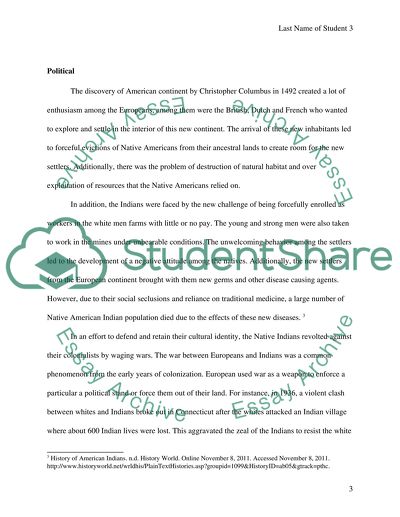Cite this document
(“Understanding the history of Native American Indians Research Paper”, n.d.)
Understanding the history of Native American Indians Research Paper. Retrieved from https://studentshare.org/history/1435089-understanding-the-history-of-native-american
Understanding the history of Native American Indians Research Paper. Retrieved from https://studentshare.org/history/1435089-understanding-the-history-of-native-american
(Understanding the History of Native American Indians Research Paper)
Understanding the History of Native American Indians Research Paper. https://studentshare.org/history/1435089-understanding-the-history-of-native-american.
Understanding the History of Native American Indians Research Paper. https://studentshare.org/history/1435089-understanding-the-history-of-native-american.
“Understanding the History of Native American Indians Research Paper”, n.d. https://studentshare.org/history/1435089-understanding-the-history-of-native-american.


